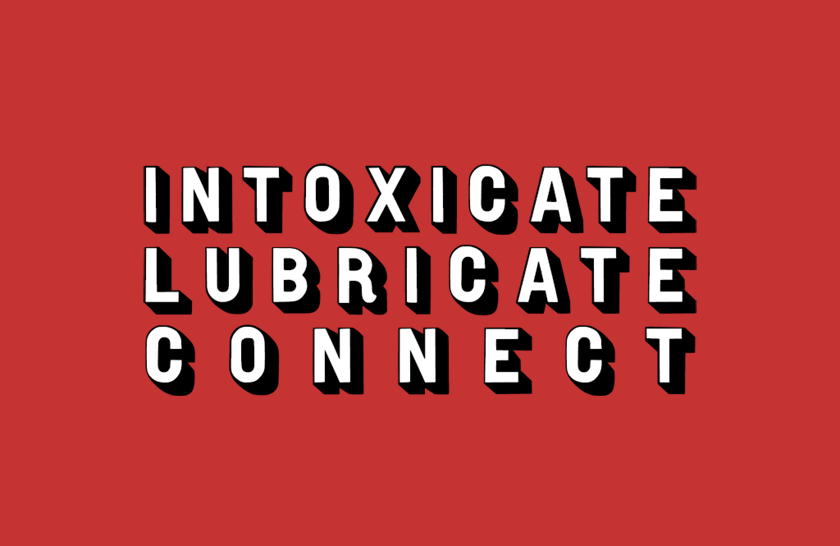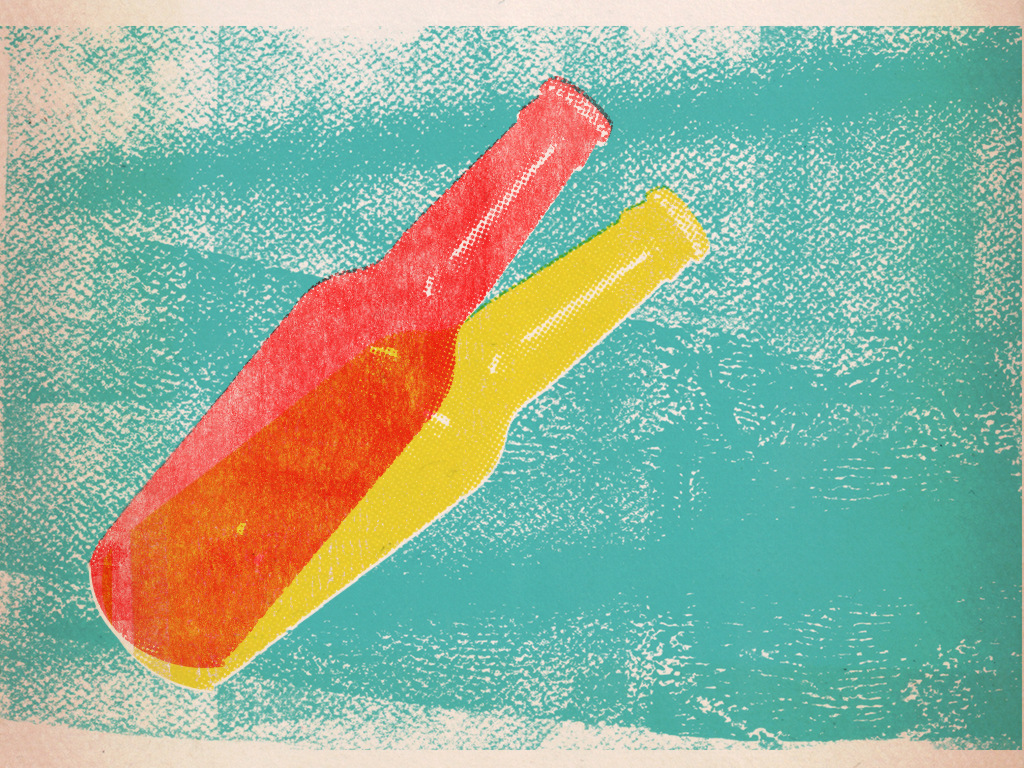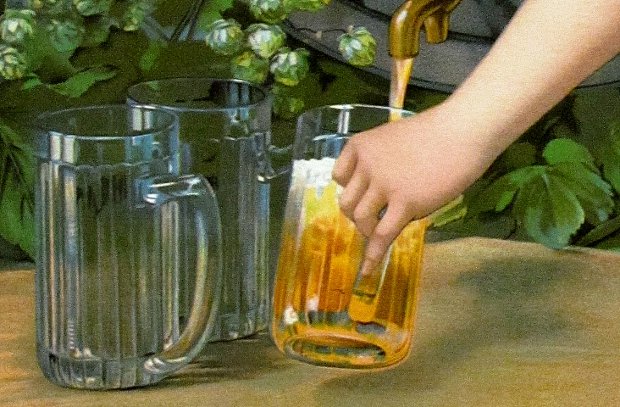Here’s everything around beer and pubs that seemed to us worth bookmarking in the past week, from boozelessness to buyouts.
The week’s big news is that two American breweries we’ve actually heard of, and whose beers we have actually managed to taste, are merging. That is, Boston Beer and Dogfish Head. We’ve been wondering for some time if we might see more craft-on-craft acquisitions and mergers; it’ll be interesting to see if this is the start of a wave. In the meantime, we went straight to Jeff Alworth at Beervana for commentary, as should you.
If you enjoy industry drama then do have a look at this Twitter conversation around BrewDog’s new alcohol-free Punk IPA variant initiated by a marketing agency formerly retained by the Scottish brewery:
This is a @ManifestLDN concept. We were told @brewdog had chosen a different route. We have not been paid for it. https://t.co/P4DIXqCox8
— Alex Myers (@AlexMyers) May 9, 2019

For the brand new publication Pellicle Lily Waite has written about a London brewery finding space in a crowded market by focusing on an unfashionable style. Boxcar is based in Bethnal Green and run by Sam Dickison:
Whilst not necessarily the polar opposite of the New England-style beers that put Boxcar on the proverbial map, dark mild is a departure from those juicy, hazy, hoppy beers. It is, however, very much in keeping with Boxcar’s ethos.
“We’ve gone in the hoppy directions because I love those beers, but equally, I love dark mild, so I said ‘let’s do a dark mild”, he says, with a typical quiet smile.
(This kind of thing signals something interesting: mild has become a quirky minority style – a novelty, rather than an everyday beer, like Berliner Weisse or Gose.)

At a time when silly one-off beers with silly stuff in them has become one of the go-to moans in beer commentary, it’s refreshing to read a post which, though it starts that way, ends up talking positively about the benefits of getting to know a standard beer really well, from Joan Villar-i-Martí at Birraire:
I enjoy seeing the constant quality of Montseny IPA Aniversari, even when bought in the supermarket; my senses soared the first time I drank Espiga’s Mosaic Hops Collection in a can, a format that enhances a recipe that was already a solid. After analysing it during a guided tasting, I felt the urge to buy a whole box of Sansa, La Pirata’s Amber Ale, so tasty and smooth that it promptly disappeared.
(Flagship February feels so long ago.)

For the Guardian Tony Naylor has written about why boozeless pubs don’t work:
Beyond loving the taste of beer, I also love the effects of alcohol, and for what it can do to a pub. I cherish that three-pint window where real life melts away. I love the warmth, the laughter, the life, the random, nonsensical conversations and soft-edged, jovial chaos of full pubs at peak hours. I like the din. I like the revelry. I like a bit of noise and chaos, frankly. And I like the sense of drinkers of often very different backgrounds rubbing along in mutual intoxicated tolerance. In an increasingly atomised society, there is value in that.

A fascinating piece in the Economist puts AB-InBev into context as one strand in a global business that also operates 3G networks and owns the struggling Kraft Heinz conglomerate. With few costs left to be cut, and few businesses left to acquire, where do they go next? Perhaps towards acquiring Coca-Cola (we’ve heard this in the form of a rumour before) or Diageo, the article speculates. We can certainly imagine ABI fancying Guinness in its portfolio. (Article paywalled; registration required to read five articles per month for free.)

It’s always exciting when one of our favourite blogs, Manchester Estate Pubs, posts something new. This week Steve Marland shares photographs of and notes on The Old Garratt:
Time changes everything the Cream of Manchester is now a somewhat sour subject, the Old Garratt has dropped the old in favour of Ye Olden Days, a look which it clearly lacked. Modernity is now dragged up as a cut price stage set coaching house caprice, replete with lamps, black and gold lining, columns and pediments. The pub that thinks it’s a pack of John Player Specials.
And finally, a great photo of a pub we visited during research for 20th Century Pub, in the base of a tower block in north London:
https://twitter.com/visuals0und/status/1126951660914393089
For more of the same, but different, check out Alan’s blog on Thursdays and Stan Hieronymus on Monday.











